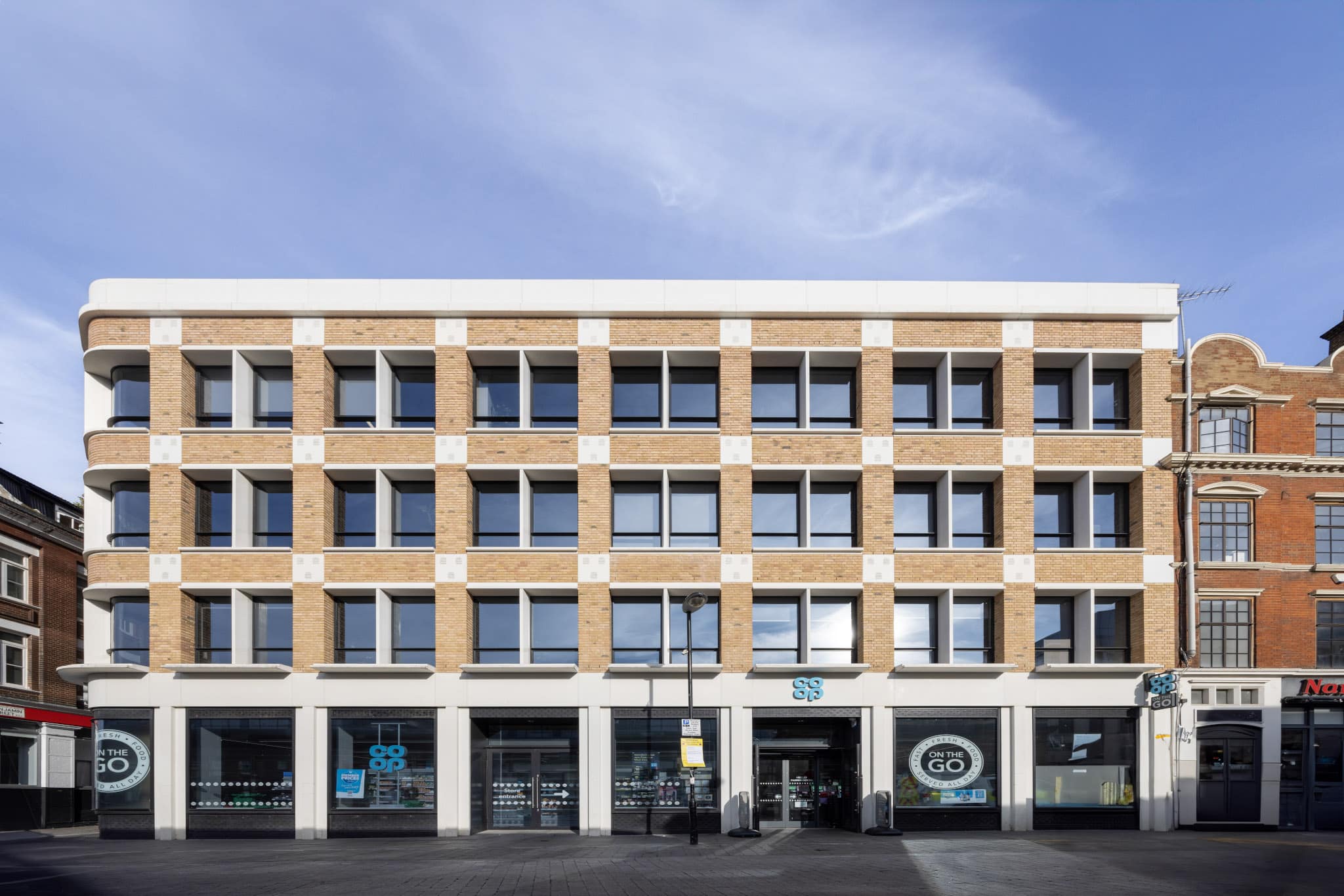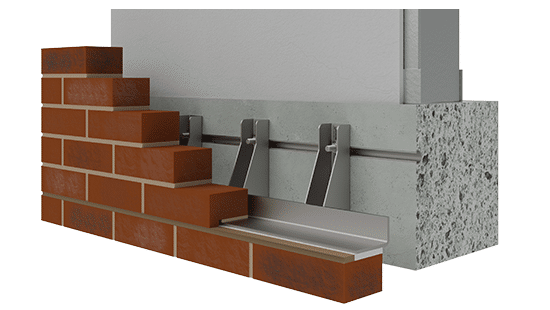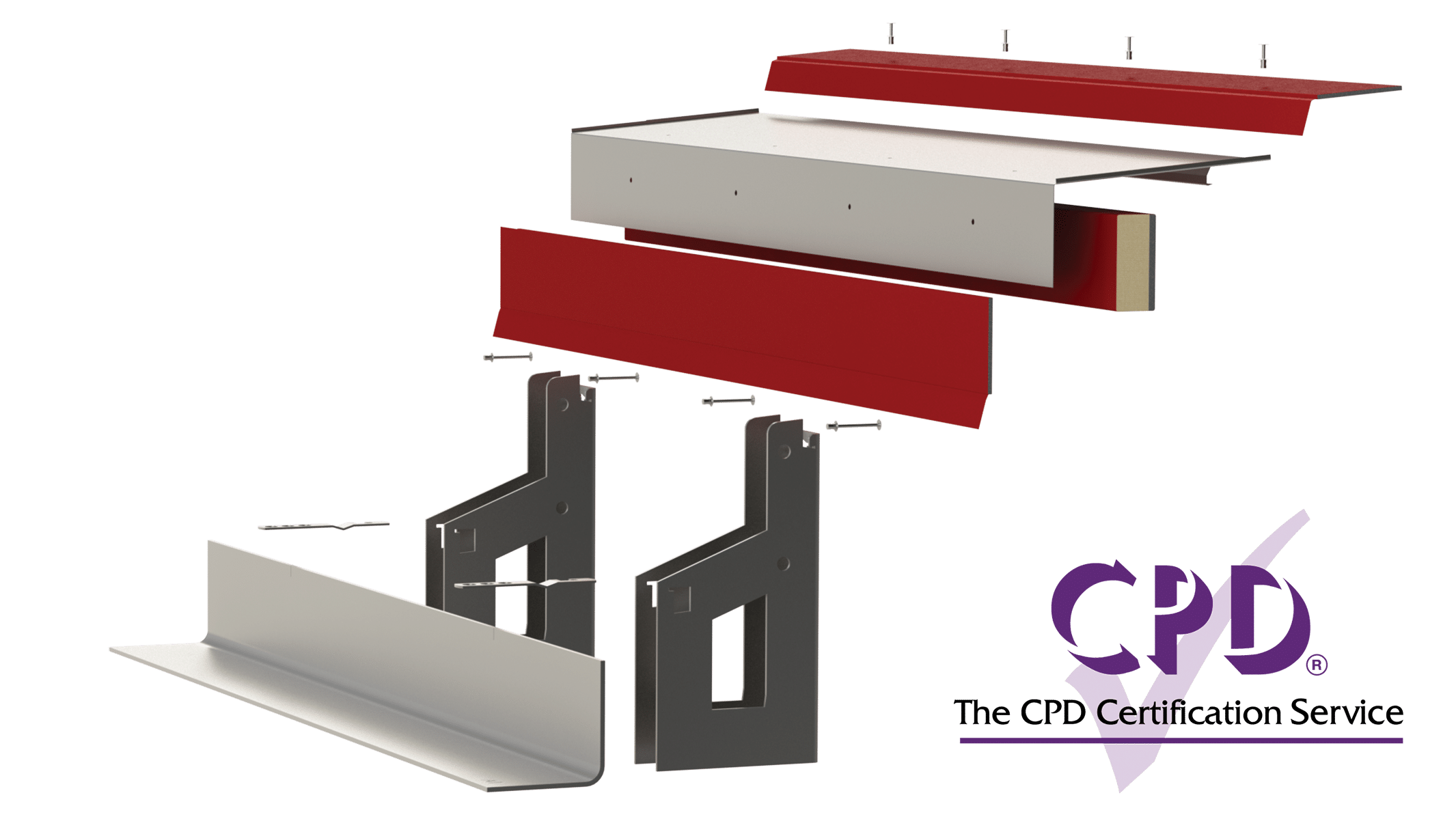CPD Certified: Non-Combustible Cavity Tray Systems
 Live
Live
Description
Why take the risk? Register for this CPD Certified webinar on non-combustible cavity trays, featuring G-Tray™ and learn from the manufacturer that developed, launched and installed the first A1 rated cavity tray in the UK.
Hosted by: Paul Ruding - Strategic Specification Director
What You'll Learn
- What is a cavity tray?
- Changes to regulations around combustible products in cavities
- What does the change mean to cavity trays?
- Design considerations for non-combustible cavity trays
- Case studies of intricate detail
Enhance your understanding on the importance of installing the right cavity tray in buildings over 18 meters, the evolving regulations and finding the right non-combustible solutions. Learn about the importance of A1 rated cavity trays and the effects they have on buildings, including the problems of water pooling, the risk of water build up during construction, unsightly weep vents and the dangers of specifying and installing A2 rated products.
This CPD is certified by the The CPD Certification Service and you’ll be issued a CPD certified certificate following the webinar.
The ACS series of CPD’s is ideal for architects, engineers, fire safety experts, specifiers, brickwork specialists and more.


Other Webinars
CPD Certified: Navigating Modern Masonry Façades
 Live
60mins
Live
60mins
Discover how ACS’ innovative range of products can help overcome challenges. In this brand new CPD, we’ll explore various real-world scenarios and offer insights into which ACS solutions work best to address specific issues in modern cavity wall construction.
CPD Certified: Masonry Support Systems
 Live
60mins
Live
60mins
Learn directly from our expert engineers about the importance of Masonry Support, and why specifying high quality masonry support early in a project is as important as laying solid foundations, to ensure buildings meet safety regulations and last the test of time.
CPD Certified: Cavity Congestion in a Masonry Façade
 Live
60 minutes
Live
60 minutes
Join this CPD outlining the issues around cavity congestion in a masonry façade. This CPD focuses on addressing the ever-growing challenges and introduces innovative new strategies for solving cavity congestion in building design and construction.
This CPD features Chris Thompson, Global Product Manager from Tenmat, who explores the latest advancements in fire protection, including the benefits of Tenmat intumescent materials, and their crucial role in stopping the spread of fire and smoke.



